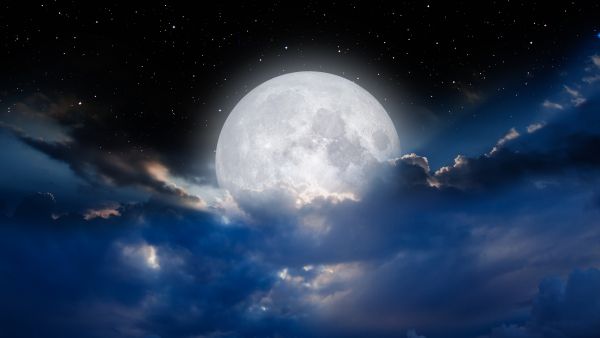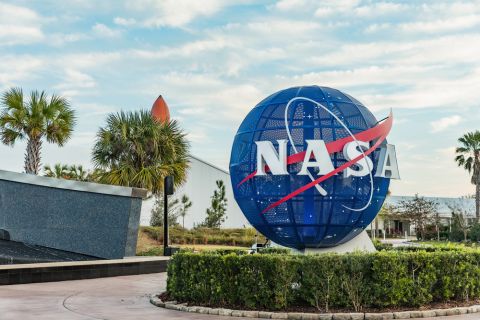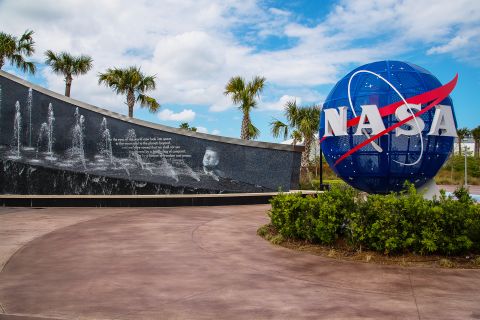ALBAWABA - In a surprising move, the US space agency NASA is progressing with plans to install a small nuclear reactor on the moon's surface to generate electricity. This plan falls under the “Artemis” program, which aims to bring humans back to the moon and build bases there.
NASA recently completed the first phase of the “Fission Surface Power Project” that began back in 2022. Contracts were awarded to partners for reactor designs, energy conversion systems, and cost estimation. The agency is keen on making a sustainable power source that can support Moon bases for about a decade, eventually extending to Mars.

Shutterstock
NASA considers life on the Moon and Mars dependent on nuclear energy due to its long-lasting power supply. This initiative focuses on creating a safe and reliable energy source that can function independently of sunlight, essential for long-term lunar exploration.
The decision to use nuclear reactors is motivated by their ability to operate even during the dark lunar nights lasting around 14 days. NASA aims to combine nuclear and solar energies to meet diverse laboratory electricity needs, with these reactors designed to provide 40 kilowatts of electrical power, which would be enough for 33 Earth homes.

Shutterstock
Under the “Artemis” mission, NASA plans a second manned moon landing by 2027, including the first woman and person of color. This mission aims at establishing a long-term human presence on the moon and setting up a Gateway space station and moon base. These ambitious goals will facilitate deep space living and technology development for future Mars journeys.









